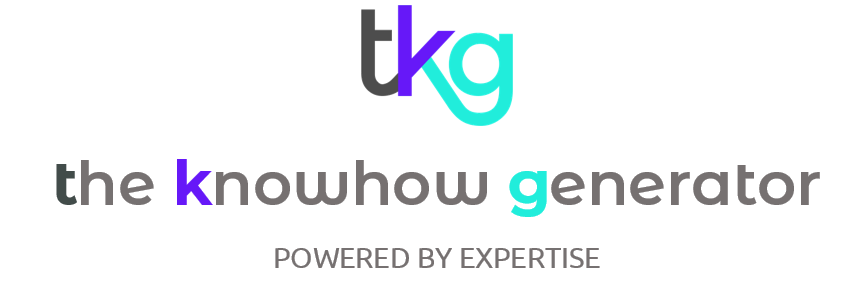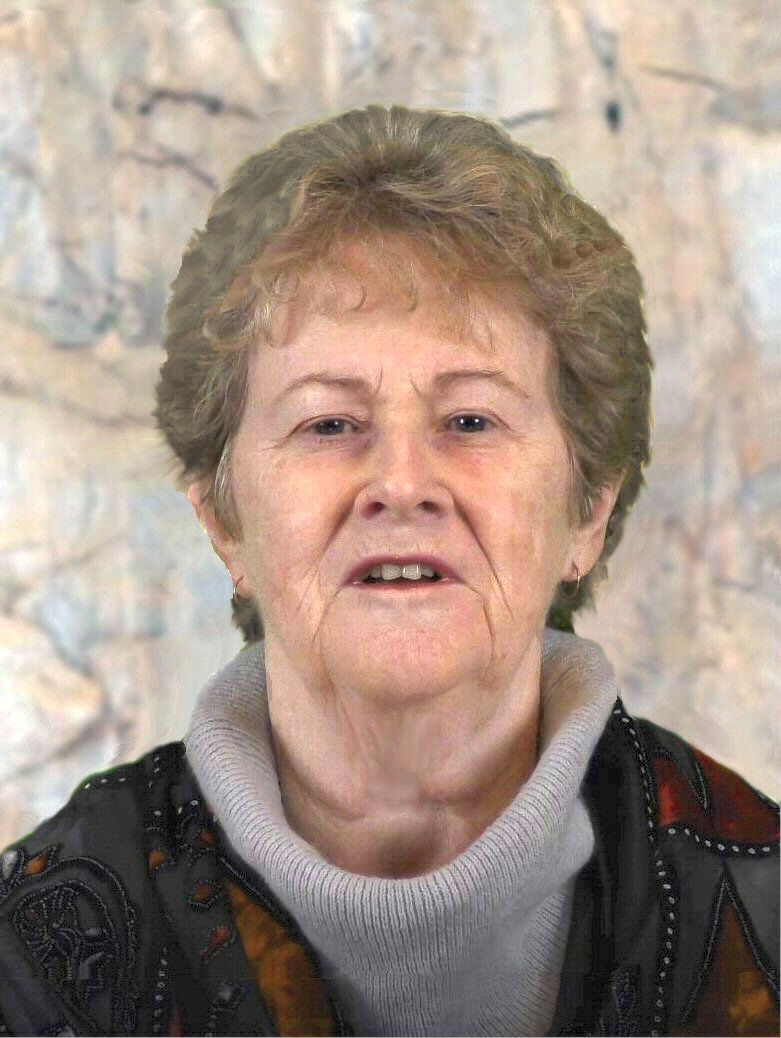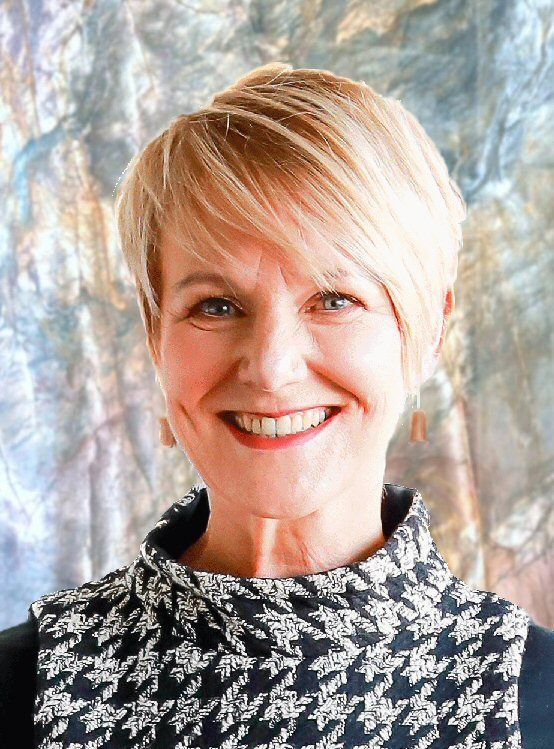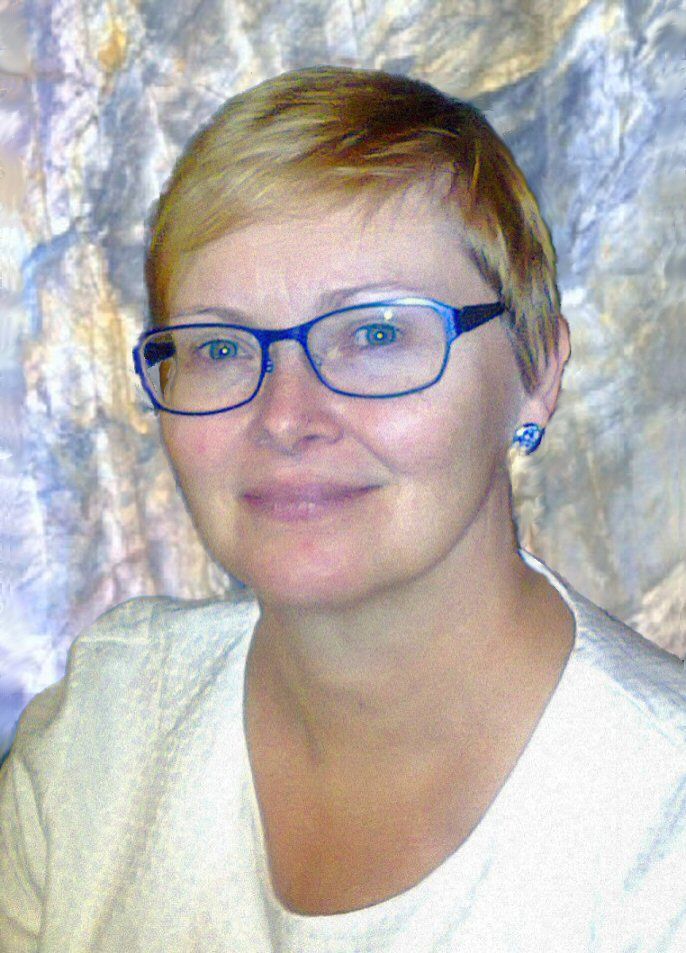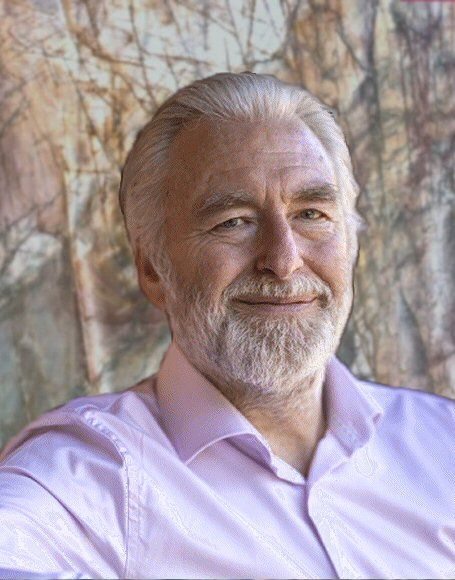The recent US election is a clear example of how polarised our world is becoming. Social media provides us with more and more of what we tell it is important to us, pushing us further and deeper into our individual confirmation biases.
How does this spill over into our organisations and our leadership?

We know that diverse thought is essential for creativity, innovation, planning, stakeholder engagement, decision-making and ultimately, effective organisational outcomes. Yet, our tendency is to follow the same processes, consult the same people and produce the same kind of results. To counteract this, you have two main levers: firstly, select and retain a diverse range of team members, and secondly, unlock the diversity that already exists in your team.
Creating a diverse team
You don’t always have the luxury of creating a team from scratch, but you can be conscious of selecting new team members with diversity in mind. Doing this well requires a deeper dive than merely looking at broad diversity categories. For example, you may seek to achieve gender balance in your team, but if all your male or female staff are from the same age group, racial background and academic training, true diversity hasn’t really been achieved.
Instead, think about a range of diversity dimensions and how you can hire to increase true diversity in your team, in a number of different areas.
Another strategy when that isn’t possible is to borrow others from across your organisation or externally for particular projects. Even just bringing in people with a different perspective or background for early project conversations can be highly effective in generating new approaches.
Unlocking existing diversity
Martin Moore notes it is absolutely foundational for building high performing teams to harness the different experiences and viewpoints you already have. This gives you instant access to a wide range of inputs to inform any decision you might be grappling with. He also offers some useful and practical tips for doing this well, which I have adapted and blended with my own thoughts below:


Value information on its merits



